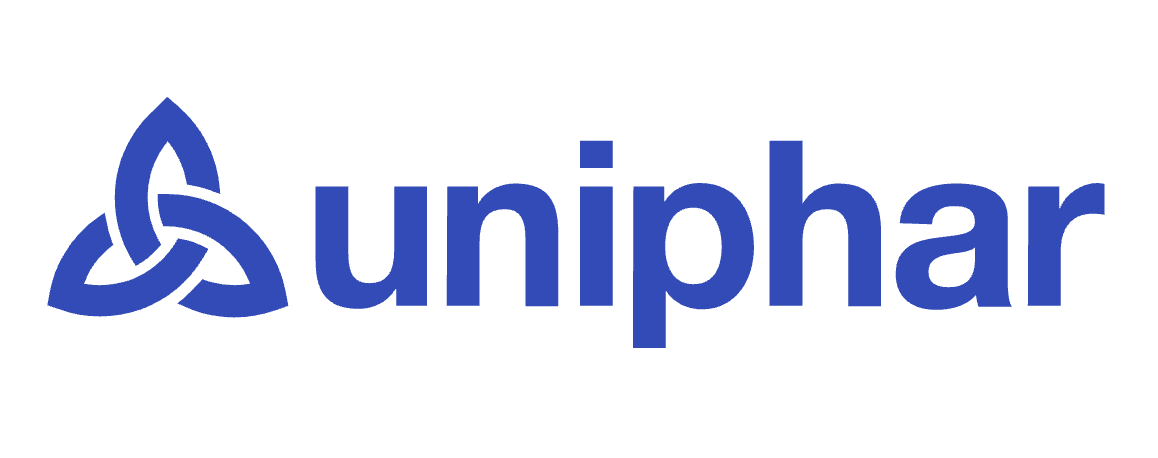What’s on Your Mind Opinions A Technology Revolution The pharmaceutical industry spends about $20 billion a year on IT, but rarely reaps the full rewards of the investment, according to a report by IBM Business Consulting Services. The scale of pharma’s IT expenditure is not a problem, as long as it delivers a positive return on investment. Yet few pharmaceutical companies can claim to have realized the full benefits of the money they have spent, according to IBM. IBM has predicted that seven key technologies will revolutionize the pharmaceutical industry by 2010 by reducing drug-development costs by 75% and cutting lead times by nine years. PharmaVOICE asked if technologies that were once considered to belong in the realm of science fiction can become the silicon reality? An overestimation Having run a global IT environment for a top 10 pharma company for six years in the mid- to late-1990s, in my estimation IBM’s projections fall short on multiple points. The inability to show a positive ROI for IT investments is not a problem for just pharma; it is a problem in every industry that exists. This “lack of ROI” is in large part driven by the reality of the enormous legacy systems and applications that generate historical data. Many of these IT platforms or systems do not integrate well with newer technologies, which has made it difficult for evolution to occur. The large spending relates more to Y2K compliance, ERP implementation, and FDA 21 CFR Part 11 compliance than anything else. When I was in pharma, the annualized IT cost averaged 2.5% of sales, which is not much compared with the Fortune 100 average spending in the 3% to 4% of sales range as reported by CIO magazine. Pharma cannot quickly adopt new technologies because of the immense regulatory risk of “something new or different.” The data generated by the new technology may not be accepted by regulatory agencies that are woefully behind the world in information management and technology solutions. FDA 21 CFR Part 11 is but one example of the risk. The industry has spent billions to comply with this “no-added-value” rule at the expense of adopting new technologies that might affect productivity and accuracy of results. The risk of adopting something new that could destabilize a “validated” environment is just not practical. Only when upgrade or change is driven by obsolescence will new technologies be funded by senior management. The return of IT investment for combinatorial chemistry as measured by actual products going into Phase III has not increased. Before they invest heavily in something new, they are going to want to see prototype data or some other compelling information that directly extrapolates to value-added results. Management must be convinced that IT investments are not just driving up infrastructure costs. Lastly, the pharma industry is noted for putting its vendors out of business by focusing too much on cost and too little on paying for creativity and value provided. The electronic data capture industry for retrieving clinical data from drug studies is a perfect example. Each drug firm wants its own specialized solution at the lowest cost possible to match its internal processes. Since most vendors cannot economically provide such specialized solutions, the drug company creates its own internal hybrid EDC system that does not integrate with anything extramural. This results in enormous work for the rest of the data-supply chain, such as CROs and study sites, and puts EDC vendors out of business. As such, there is a diminished competitive environment and a delayed adoption by the general industry and regulatory agencies. The current EDC environment can be characterized by automating obsolete, inefficient processes in pharma. That, in turn, has just made projects more inefficient faster. This example applies to virtually all areas of new technologies. Until each pharma company is willing to modify its parochial view of processes and work to common standards, virtually any new technology solution will render marginal value as measured by ROI. On the positive side, IBM does have one point correct. Regardless of the myriad reasons, the pharma industry could do much better in managing its knowledge and information that allows creation of intellectual property assets. Too much information is lost or missed because of the inability to provide timely access of these assets to others. In the final analysis, technology is not the value. The competitive value lies solely in the creative application of the technology tools and the knowledge created as a result. It is na•ve to believe that major technological change will take place in pharma by 2010 based upon the current market environment and earnings uncertainty. Having stated the above reality, I do believe that those companies that can embrace the experimentation of new technologies and tools in the context of generating information and knowledge management, along with significant productivity gains will win in the long run. The pharma industry is unsustainable in its present form and must adopt new ways of working while investing in the tools that support the change. The catch is it will take a lot of time and cash. Lee Jones President and CEO Essential Group Inc. What’s Your Opinion? 2005 – A look ahead Overall, the business environment is improving, but there are still a number of factors that are impacting the life-sciences industry. This year there was marked industry consolidation, fewer new product approvals, and an increase in the number of collaborations and alliances. PharmaVOICE wants to know: What are the most significant business challenges you believe the industry will face in 2005?
An article from


What's on Your Mind -- Opinions
Filed Under:
Research & Development









